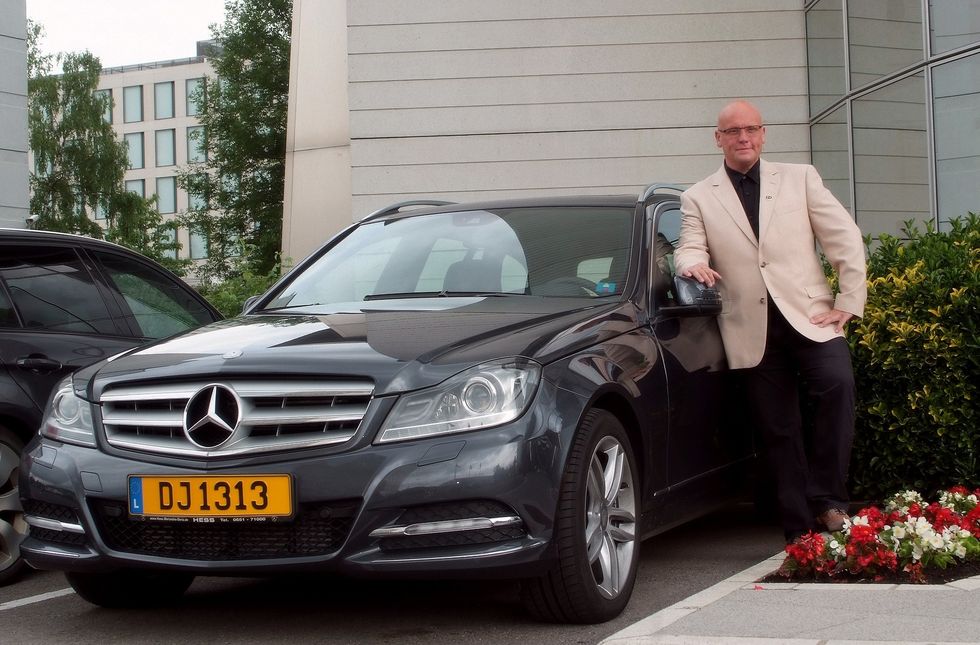America's aging Baby Boomer population will soon have a significant impact on the economy. In 2016, the first of the Baby Boomers hit 70 years old. Simultaneously, the United States fertility rate dipped to its lowest point since researchers began tracking the metric.
This combination could produce catastrophic results by the year 2030, with senior citizens potentially making up more than 20-percent of the population at that time. Meanwhile, the pool of willing and able American workers is shrinking. Together, these trends could spell disaster for the United States economy.
Even more significant is the fact that if older generations successfully and significantly adopt new smart technologies, this could drive down profits for assisted-living residences. Still, housing markets are a bit more resilient than the rest of the economy during downturns, making investments in this industry more attractive for investors.
Where the Money's At
America is not alone in its Baby Boomer coming-of-age crisis. The entire population is facing somewhat similar circumstances. Around the world, the number of senior citizens outnumbers the number of children under five years old for the first time in history.
Additionally, low fertility rates and increased life expectancies are shifting demographics around the world. While this is most prominent in Europe and North America, analysts forecast that nearly 25-percent of the global population will be over the age of 65 by the year 2050.
Medical costs are one of the most significant expenses for aging adults and, in effect, the economy. The Organization for Economic Cooperation and Development (OECD) forecasts that healthcare spending will rise to 14-percent of the gross domestic product (GDP) across all 35 of its member nations.
Analysts forecast that pharmaceutical enterprises and manufacturers of certain household goods will fare relatively well in the new sharing economy. They also predict that biotechnology could prove potentially profitable.
Growing Pains in an Emerging Market
While the sharing economy and smart technology might serve as a boon for aging seniors, the logistics for these innovations aren't entirely established. Typically, the oldest child deals with matters about aging parents. As a result, smart technology and sharing economy enterprises will have to find a way to connect with seniors as well as their responsible children or caregivers.
Regardless, this circumstance presents an opportunity for an entire industry built around assisting and advising smart technology buyers, as well as for the final installation of these innovative products. Taking advantage of the sharing economy is as simple as pushing a few buttons, but there are still things to consider when it comes to seniors benefiting from the technology:
- How do decision-makers know which services to use?
- Can children trust sharing economy workers alone with their parents?
- How can caregivers keep track of and coordinate a multitude of sharing economy services?
Here too, there's new market potential for consultants who can offer guidance to end-users.
As for the senior housing market, the current environment is one where skilled medical professionals provide invaluable services that assist seniors with activities of daily living (ADL). However, many of these responsibilities could cede to the control of the sharing economy and smart appliances.
Analysts suggest that the nation's current long-term care facilities could reinvent themselves by becoming advisory services that counsel seniors and their families on how to leverage sharing economy applications and smart devices. To do so, however, these enterprises would have to completely revamp their internal processes, logistics, branding, service models and marketing initiatives.
Cutting-Edge Senior Care
In the current patient-centric marketplace, more care providers are leveraging big data and artificial intelligence technology (AI) to improve patient experiences. At the forefront of the senior technology boom, artificial intelligence is transforming senior care.
In the United Kingdom, for instance, one care provider firm is using AI to find seniors who need help with ADLs and connect them with service providers. They discover potential clients by analyzing several metrics, which might include:
- Diagnoses
- Geographic location
- Native language
- Ownership of service or personal animals
- Duration of needed assistance
- Types of services required
Furthermore, the firm's flagship AI system predicts seniors' needs based on the likelihood of how much clients' health may decline over time. As a result, the enterprise can use that information to shorten the time between diagnoses and treatments, improving outcomes for patients.
By the year 2020, the IoT will harness the power of more than 50 billion smart devices. From thermostats to energy grids to trucking fleets, most electrically powered equipment will become more intelligent.
Consumers, for instance, will have access to innovative devices such as scales that record their body mass index (BMI) and forward that information to the user's primary care provider whose system automatically enters it into an electronic health record (EHR). As hyperconnectivity becomes more of a reality, the opportunity for growth and investment could rise sharply.



 Photo by
Photo by  Photo by
Photo by  Photo by
Photo by  Photo by
Photo by 















